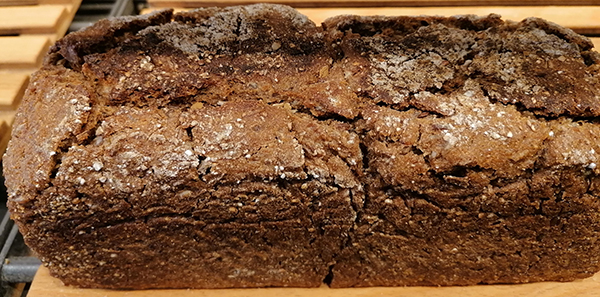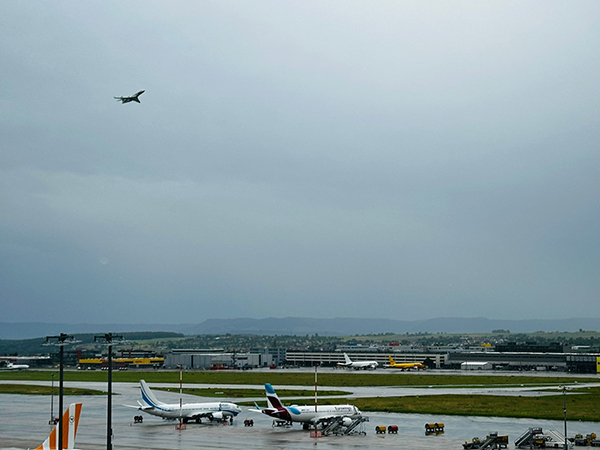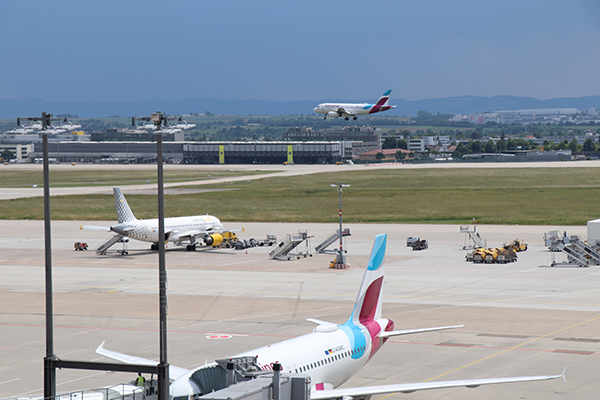By Oula Mahfouz
“There is a joke that says there are hundreds of types of bread in Germany, most of them are called ‘that one’, directly followed by ‘No, the one next to it’.” That was the answer of Hubert Berger, an organic baker from Reutlingen, to a question from tünews INTENATIONAL about the many types of German bread. The presentation of the many breads in the bakeries makes it difficult to recognise the small labels with the names. And that’s why Syrians point to the bread they want with their hand and say “this bread, please”.
The names are a problem for Hubert Berger anyway, because “you can’t always infer the bread from the names: Some use part of the cereals for the name and add something like ‘Black Forest bread’, for example, and some make pure fantasy names that have nothing to do with the bread at all anymore, but those might be easier to remember.”
According to Berger, there are almost 300 registered varieties of German bread and about 3000 types of baked goods sold every day. German bread tops the world rankings, and German bread culture was included in UNESCO’s Intangible Cultural Heritage List in 2014. “You can already say that Germany is the heartland of bread, or even better the German-speaking region with Austria and Switzerland,” says Berger.
But what is the secret of this diversity of ingredients and production and baking methods? Some attribute this great diversity to the fact that Germany was exposed to many wars and famines, which forced people to invent new types and materials. German bread is made from a variety of grains; in other countries, only wheat is used. 36 per cent of breads in Germany are made from rye, according to the German Bread Institute. Wholemeal breads are another German speciality.
Germans have to have bread on the table, which is why we find a baker on every corner. It is also sold in supermarkets. Hubert Berger, however, also sees a current backward movement: “Per capita consumption of bread is declining slightly, but people are eating bread in more diverse ways, switching between varieties. Consumption has become more differentiated, with foreign bread varieties also playing a role, such as baguettes and ciabatta.” Hubert Berger only uses grain from certified organic cultivation and that is a problem in the current crisis: “It costs more than twice as much as conventional grain, but then the farmer and the miller can live on it. But the Germans save, if they have to, as in the current situation, mainly on food and not on cars. That is somehow in our DNA.” All bakers have this problem at the moment, also because of the high energy demand.
Most foreign people do not know as many types of bread from their countries of origin as they do in Germany. In Syria, there is one basic type of bread that Syrians eat every day, subsidised by the government and sold in state-run bakeries, the flatbread. There are no more than eight other varieties that are eaten occasionally.
More information about German bread from the Deutsches Brotinstitut e. V.:
Zahlen und Fakten zu Brot · Brotinstitut · Deutsches Brotinstitut e.V.
tun22112103
www.tuenews.de
Brotkultur in Deutschland. Foto: tünews INTERNATIONAL / Oula Mahfouz.
001769




